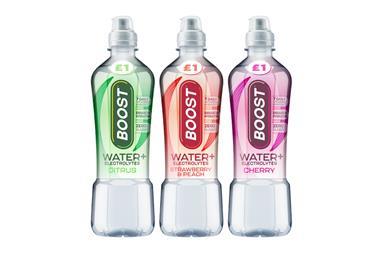Warburton's Giant Crumpet Show rated most persuasive Christmas advert

Warburtons’ The Giant Crumpet Show is the most all-round successful Christmas TV advertisement of 2015, according to research carried out by Millward Brown.
ALREADY HAVE A REGISTERED USER ACCOUNT? PLEASE LOG IN HERE
To read the full story join the ConvenienceStore.co.uk community today!
Registration is quick and easy and provides access to:
- Unlimited ConvenienceStore.co.uk articles
- Our great range of newsletters
- Content you’ve saved for later via the ‘my library’ feature
And much more…
























